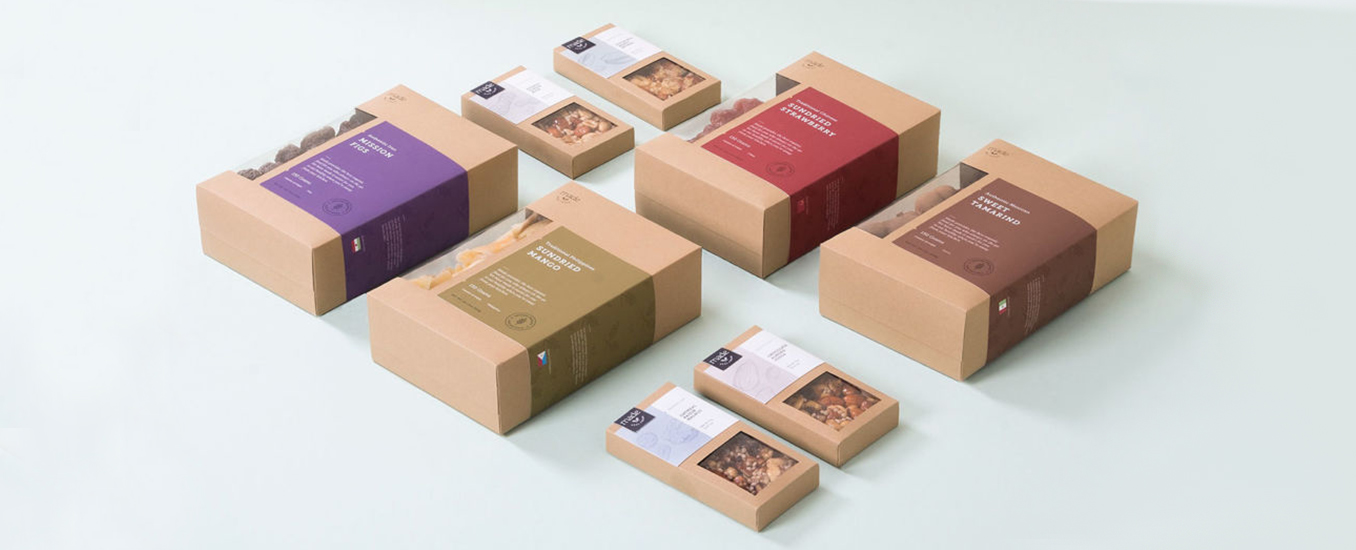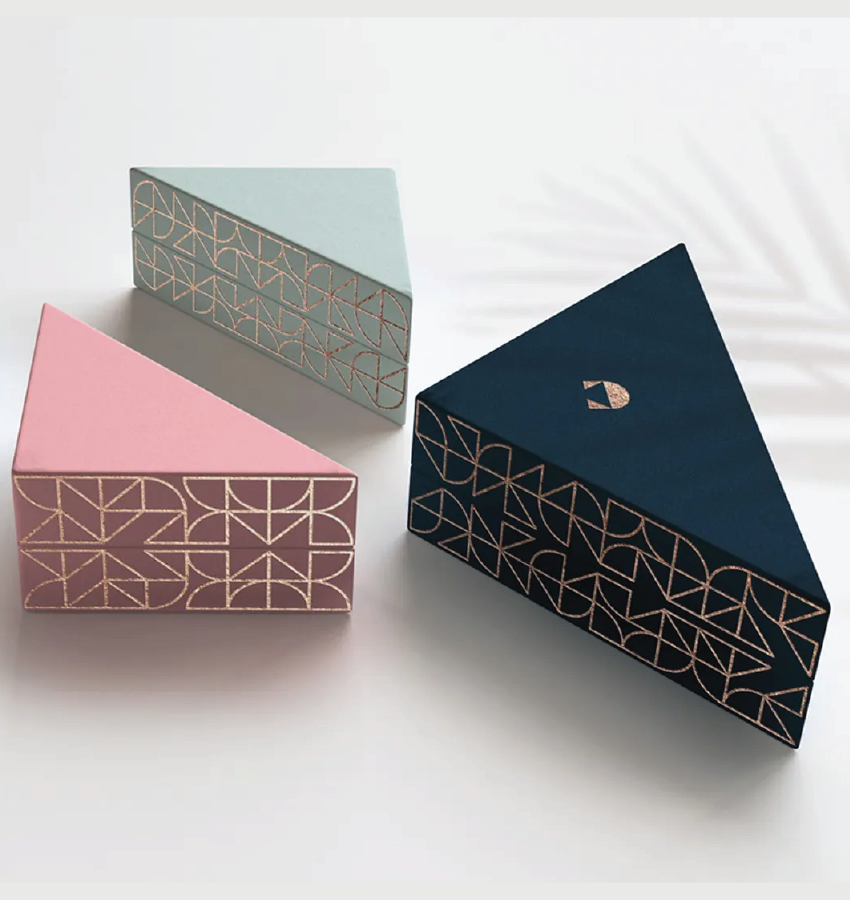
Brand Experience & Packaging- A brief history
Once upon a time consumers went to friendly neighborhood shops for most purchases. Brands existed, but were mostly just identifiers to help shopkeepers locate them on shelves. Publicity was largely word of mouth or upon recommendation of the shopkeeper. In the second half of the 20th century, as most shopping migrated to large, impersonal department stores and supermarkets, brands felt the need to communicate better with potential customers from their places on the crowded supermarket shelves. Packaging afforded brands the valuable real estate to not only create eye-catching visuals, but to communicate something memorable about the brand, like its origins, values, or anything else it felt would make the brand memorable to its target customers.
In the era of Television-dominated living rooms (1960s – 2015), before OTT platforms took over, marketers could use ads and infomercials to “prime” customers before they’d ever set eyes on a real package in a store in a way radio commercials of earlier times never could. Plus, with the entire family congregated in front of the TV, commercials could literally pick and choose a series of value propositions to attract customers, and repeat those catch-phrases on packaging on the shelves. Packaging began to use brighter, more attractive colors and interesting textures, but in an interesting turn of events, color schemes for packages were carefully chosen so they seemed more attractive on TV!
Packaging Today
The packaging will always be the first physical experience a customer has with a product, and therefore, with the brand. At the same time, modern consumers are more informed, vocal, and financially and socially empowered than they’ve ever been. They surround themselves with belongings and people that they find conducive, and that goes for their brands too! Therefore, in addition to being canvasses for interesting new visual designs and evocative text, packaging has to align with a variety of modern sensibilities that their target buyers might harbor.
Therefore, with eco-friendliness being an almost universally expected value, most modern packages announce they’re made through sustainable means, or from recycled materials. Other attributes may appeal only to certain groups of people- for instance, buyers may be particularly interested to ensure their favorite products are ethically sourced. Others may be more interested in the perceived exclusivity of the product. In each of these cases, the packaging echoes the product’s value proposition through its design, visuals, texture and even utility.
All this means faster marketing cycles, as marketers try to leverage or simply keep up with the emerging trend. The really dominant ones may even attempt to start or influence it. Furthermore, it also means marketers work to create quite distinctive messaging and visuals which are artistically bold and edgy.
Personalisation- The next big thing in Packaging
As brands strive to differentiate the marketplace at the level of the individual, packaging is transforming to reflect a variety of ideas to create or simulate a personalized experience. The “Share a Coke” marketing campaign involving printing popular names on cans was a simple, yet brilliant attempt at this idea. The idea was so popular that Coke now offers the chance to order bottles with personalized labels right from its website.
Hyper personalization is the holy grail of creating a brand experience through packaging. This has long been a key feature in marketing high end luxury items like shoes, bags, clothing and even cars. Modern technologies like 3D printing may be able to bring that kind of personalisation to a broader audience. A recent McKinsey report2 showed that customers don’t just desire personalization, they demand it. We don’t claim that all your retail purchases will feature one-of-a-kind packaging any time soon, but IF brands can figure out cost-effective ways to do so, you can be sure they will spend a lot of money to popularize that trend.
Impact on brands and the role of service providers
Packaging artwork production is a complex, multi-stage process, starting with original design, moving on to packaging prepress, and finally going into production. As personalization increases, the need to use low cost methods will percolate into every stage of packaging design. Prepress is a vital part of that process. It is also highly suitable to outsourcing. We therefore predict that as marketing cycles get ever shorter, Prepress experts like Manipal Digital will increase in importance. Like everywhere else, innovation and scale will be key. Brands would therefore do well to find the right prepress partner to ensure the entire value chain can be optimized as they strive to increase recall with individual customers.
Conclusion
As technology advances, packaging will incorporate more direct and indirect communication to find alignment with customers. The ultimate goal, as always, is to convert customers from push sales to pull sales and create lifetime loyalty. To what extent packaging will continue to be at the forefront of the physical experience is a question that only time will tell.
I am text block. Click edit button to change this text. Lorem ipsum dolor sit amet, consectetur adipiscing elit. Ut elit tellus, luctus nec ullamcorper mattis, pulvinar dapibus leo.



